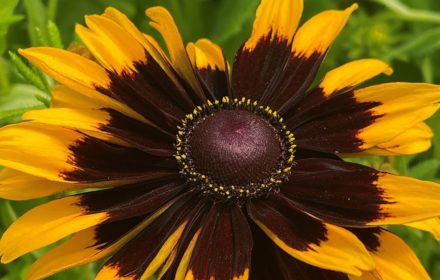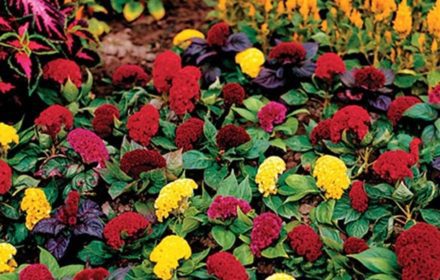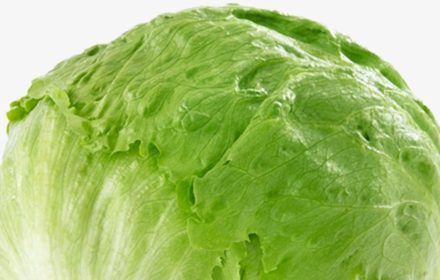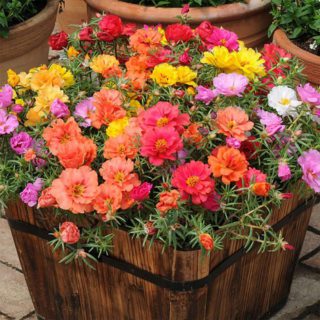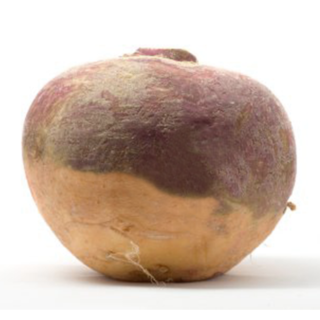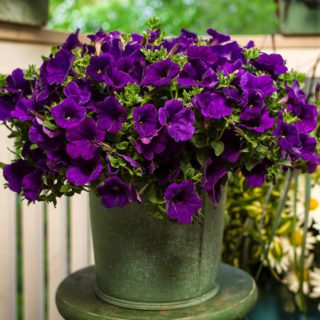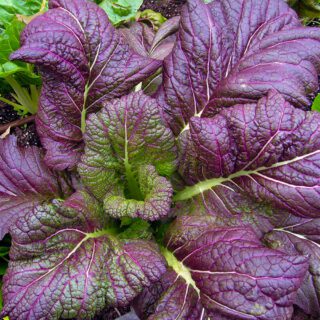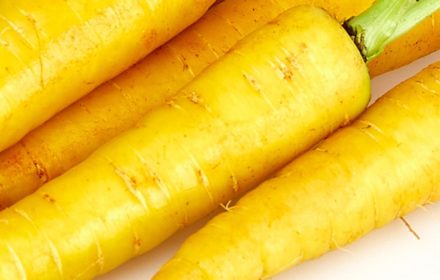Growing Red Veined Sorrel from Seeds in the UK
Red Veined Sorrel (Rumex sanguineus) is a visually striking leafy green, known for its distinctive red veins that run through dense, vibrant green leaves. Its tart, lemony flavour makes it a perfect addition to salads, soups, and pestos, while its unique appearance adds a splash of colour to any garden or kitchen. This perennial herb is easy to grow from seed and can be cultivated in garden beds, containers, or even in small herb patches. Follow this detailed guide to sow and grow Red Veined Sorrel successfully in your UK garden.
When and Where to Sow Red Veined Sorrel Seeds
- Outdoor Sowing: Sow seeds directly outdoors from March to September. Early spring sowings (March to April) benefit from the use of a cloche or protective covering, especially in colder regions, to shield young plants from frost and harsh winds.
- Indoor Sowing: Seeds can be started indoors at any time of the year, providing more control over growing conditions. This method is particularly useful for early or late-season harvests. Use small pots or seed trays filled with a good-quality seed compost.
Ideal Growing Conditions for Red Veined Sorrel
- Soil Requirements: Sorrel thrives in well-drained, fertile soil enriched with organic matter. Before sowing, prepare the soil by adding compost or well-rotted manure. Aim for a slightly acidic to neutral pH (5.5-7.0) for optimal growth.
- Sunlight: Red Veined Sorrel prefers a location with full sun to partial shade. While it can tolerate full sun, providing some afternoon shade during hot summer days will help prevent the leaves from becoming tough or bitter.
- Temperature: Ideal germination occurs at temperatures between 13-22°C (55-72°F). Sorrel is relatively hardy but prefers cool, consistent temperatures for best growth.
How to Sow Red Veined Sorrel Seeds Outdoors
- Prepare the Seed Bed: Choose a well-prepared, fine-textured seed bed in your garden. Remove any weeds and rake the soil to a fine tilth.
- Sowing Depth and Spacing: Sow the seeds thinly in drills 1 cm (½ inch) deep. Space the rows approximately 30 cm (12 inches) apart. Cover the seeds lightly with soil and firm gently.
- Watering: Water the seed bed gently after sowing to settle the soil. Keep the area consistently moist but not waterlogged during the germination period.
- Thinning: Once the seedlings have developed their first true leaves, thin them out to a spacing of 20-25 cm (8-10 inches) apart. Thinned seedlings can be transplanted to another location or used as microgreens in salads.
Sowing Red Veined Sorrel Seeds Indoors
- Sowing in Pots: Fill small pots or seed trays with seed compost and sow seeds thinly on the surface. Lightly cover with a thin layer of compost or vermiculite.
- Germination Conditions: Place the pots in a bright, warm location with temperatures between 13-22°C. Keep the compost moist but not waterlogged. Germination usually takes 14-21 days.
- Transplanting: When seedlings are large enough to handle, transplant them into larger pots or directly into the garden. Harden off indoor-grown seedlings for about a week before planting out to help them acclimatise to outdoor conditions.
Caring for Red Veined Sorrel Plants
- Watering: Keep the soil consistently moist, especially during dry periods, to prevent the plants from bolting (going to seed prematurely). Water at the base of the plants to avoid splashing the leaves.
- Feeding: Sorrel generally requires minimal feeding. However, applying a light dose of balanced fertiliser or additional compost mid-season can support healthy growth, particularly if the plants are being harvested frequently.
- Mulching: Apply a layer of organic mulch around the base of the plants to retain moisture, suppress weeds, and keep the roots cool.
Harvesting Red Veined Sorrel
- Harvest Time: Start harvesting young leaves when they reach around 10 cm (4 inches) in length, usually about 30-60 days after germination. Regular harvesting of the outer leaves encourages new growth and prolongs the harvest period.
- Using in the Kitchen: Red Veined Sorrel adds a tangy, lemony flavour to salads, sauces, and soups. For the best taste and texture, use young, tender leaves. Mature leaves can be tougher and more bitter, but are still excellent for cooking or making pesto.
- Year-Round Harvest: In mild climates or with indoor cultivation, sorrel can be harvested year-round. Protect plants from extreme cold with cloches or grow them in a greenhouse for winter use.
Common Questions About Growing Red Veined Sorrel
- Can Red Veined Sorrel be grown in containers? Yes, sorrel grows well in containers. Choose a pot at least 20 cm (8 inches) deep with good drainage, and use a high-quality potting mix. Regular watering is essential, as container-grown plants can dry out quickly.
- How do I prevent sorrel from bolting? Bolting is often caused by hot weather or inconsistent watering. To prevent this, keep the soil consistently moist, provide partial shade in the summer, and harvest leaves regularly to encourage continued growth.
- Does Red Veined Sorrel come back every year? Yes, Red Veined Sorrel is a perennial herb that will return each year if properly cared for. Cut back old growth in late autumn to encourage fresh new leaves in the spring.
By following these guidelines, you can successfully grow Red Veined Sorrel in your UK garden, providing a continuous supply of vibrant, lemony leaves for your kitchen. Whether used fresh in salads or cooked into dishes, this versatile herb is a valuable addition to any gardener’s repertoire.



